

by Editor
Creatives are the user's entry point into traffic. The cost per lead, approval, buyout, and your profit depend on them. That's why the approach to creating creatives should be taken with all seriousness. That's exactly what today's article will cover. How to systematically approach creating creatives, where to find inspiration and source materials, and other useful tips. Let's go!
What approaches to creatives exist in nutra
Initially, we'll need to identify the main possible approaches to engage the user. When it comes to nutra, these include:
- Teaser;
- Medical;
- Product-focused;
- Disease symptoms or related problems;
- Disease consequences;
- News;
- Pills/ointments;
- Before/after;
- Measuring devices;
- Pain (physical/emotional);
- Adaptation to pre-landing page;
- Offer application results/recovery;
- Associations;
- Drawn graphics;
- Images of organs/vessels/joints, etc.;
- Customer reviews;
- Celebrities;
- Approach involving life inconveniences and limitations.
Let's examine each of these approach options separately.
Teaser approach
This is an approach that migrated to Facebook from teaser networks. The aim of this approach is to achieve a high CTR and cheap clicks. Often, this approach works well in Tier-3 GEOs. Thanks to this approach, we get cheap traffic, but not always high conversion, because with our ad, due to intrigue or incomplete information on the banner/text, we entice the users to click, and they don't fully understand what awaits them on the site.
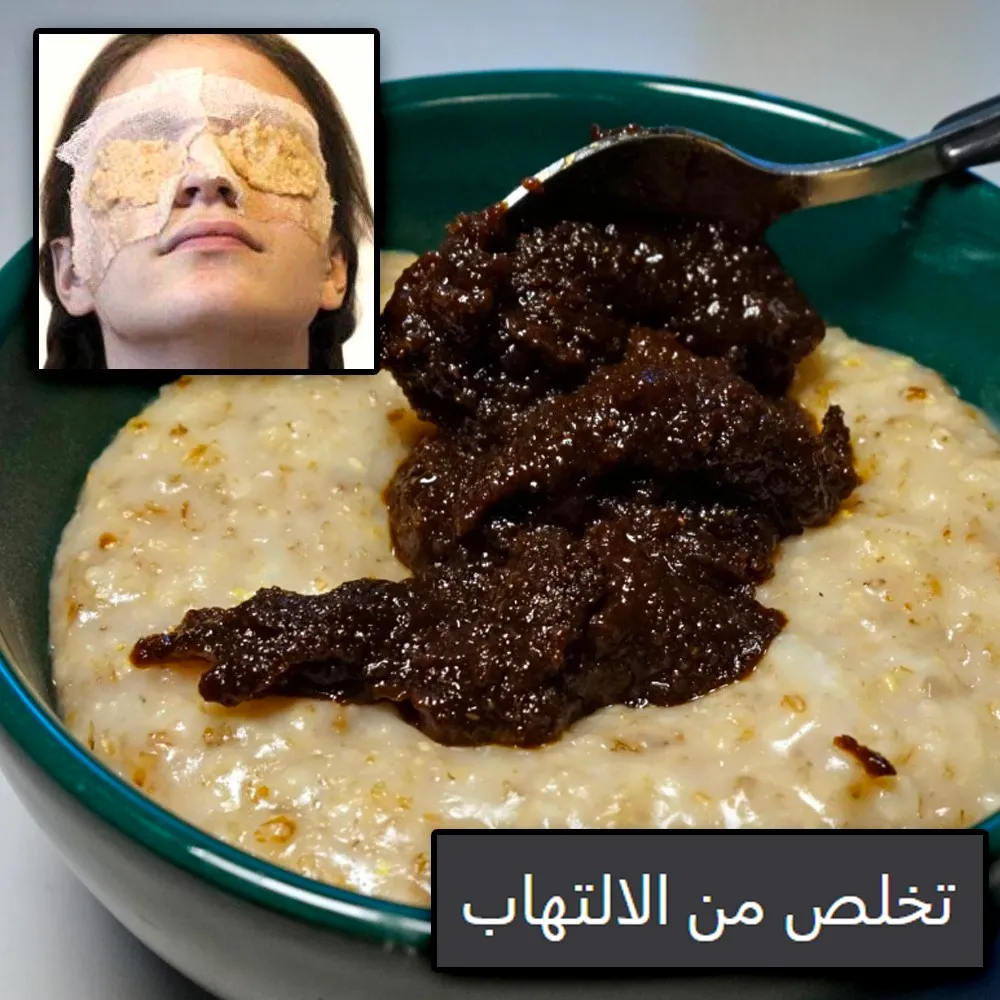
An example of a teaser approach for vision.
In the teaser approach, there are numerous sub-approaches. If you open any spy tool for teasers/natives, you'll see that banners can feature totally different products/items: ginger, lemons, eggs, baking soda, vinegar, frog caviar, tea bags, dates, blueberries, exotic fruits, various compresses, and so on. This list could go on indefinitely. The nuance is that a specific theme of the offer may convert differently on creatives with lemons compared to those with eggs, so when promoting an offer with a teaser approach, it's necessary to explore various sub-approaches in creatives.
Articles about folk remedies for a particular illness can be a great source of inspiration. Sometimes, you discover interesting methods/products for treatment that can be transferred into creatives to achieve a good CTR and CR.
More about each sub-approach:
- Simple products - these are those we see every day. Users become intrigued about how they can cure their illness with common chicken eggs they eat daily.
- Exotic products - these are those not usually seen in daily life. When users see an exotic product in an ad, they might think about the miraculous properties of that product (example: if you're advertising a weight-loss product in Europe and use exotic Asian fruits in your creative, users might think: “Could there be some unusual, rare fruits that aid weight loss?” and it's highly likely they'll find it interesting and click on your ad).
- Folk remedies - often these are unconventional treatment methods. Representing these in creatives can result in high clickability (example: tea bags for eyes to improve vision).
- Various decoctions - these are various liquids in jars/mugs/pots. Users become curious about what's mixed in there, prompting them to click on the ad.
- Repulsive images - these are various unpleasant products and phenomena. Users might find the image unpleasant, but out of curiosity, they'll click the link (example: creatives featuring trypophobia on parasites).
- Unusual physical exercises - with this sub-approach, we grab the users' attention by making them think: “Could I cure my illness with this exercise?” (example: for prostatitis in the CIS, an approach that worked well was when the creatives depicted various men in unusual poses).
- Frightening images - in this sub-approach, we aim to scare the user (example: worms featured in a creative for an ad on a product against parasites).
- Unusual/obscure products - here we create intrigue for the user by using unfamiliar products/mixtures/liquids, etc.
- Unnatural - it's something that “blows” the user's mind with its illogicality (example: lemon juice for eyes to treat vision).
- Unusual use of common products - this sub-approach sparks users' interest because they want to know what happens when a seemingly familiar product is used in a new way (example: fried kiwi in weight-loss creatives).
- Secret techniques - this approach creates an air of mystery and secrecy through an unusual method of treatment.
Medical / doctor's approach
This is an approach where doctors are depicted in the creatives. This approach usually yields good approval and a high buyout. So, if you're experiencing issues with approval or the affiliate network doesn't want to bump your rates, try switching to a medical approach. This approach can work well across all GEOs.

An example of a medical approach for hearing.
In the medical approach, there are far fewer sub-approaches compared to the teaser one. We can highlight the following:

I think that everything is clear here, no need to describe each sub-approach and what it means.
Product-focused approach
This is an approach in which we show the product to the user right on the banner. In addition to the product image, we can also describe its unique features and qualities. This approach typically yields good conversion, good approval, and a high buyout, but the CTR may be low, leading to a high cost per click as a result.

An example of a product-focused approach for prostatitis.
Breaking down the approach into sub-approaches (I think additional comments are not needed):
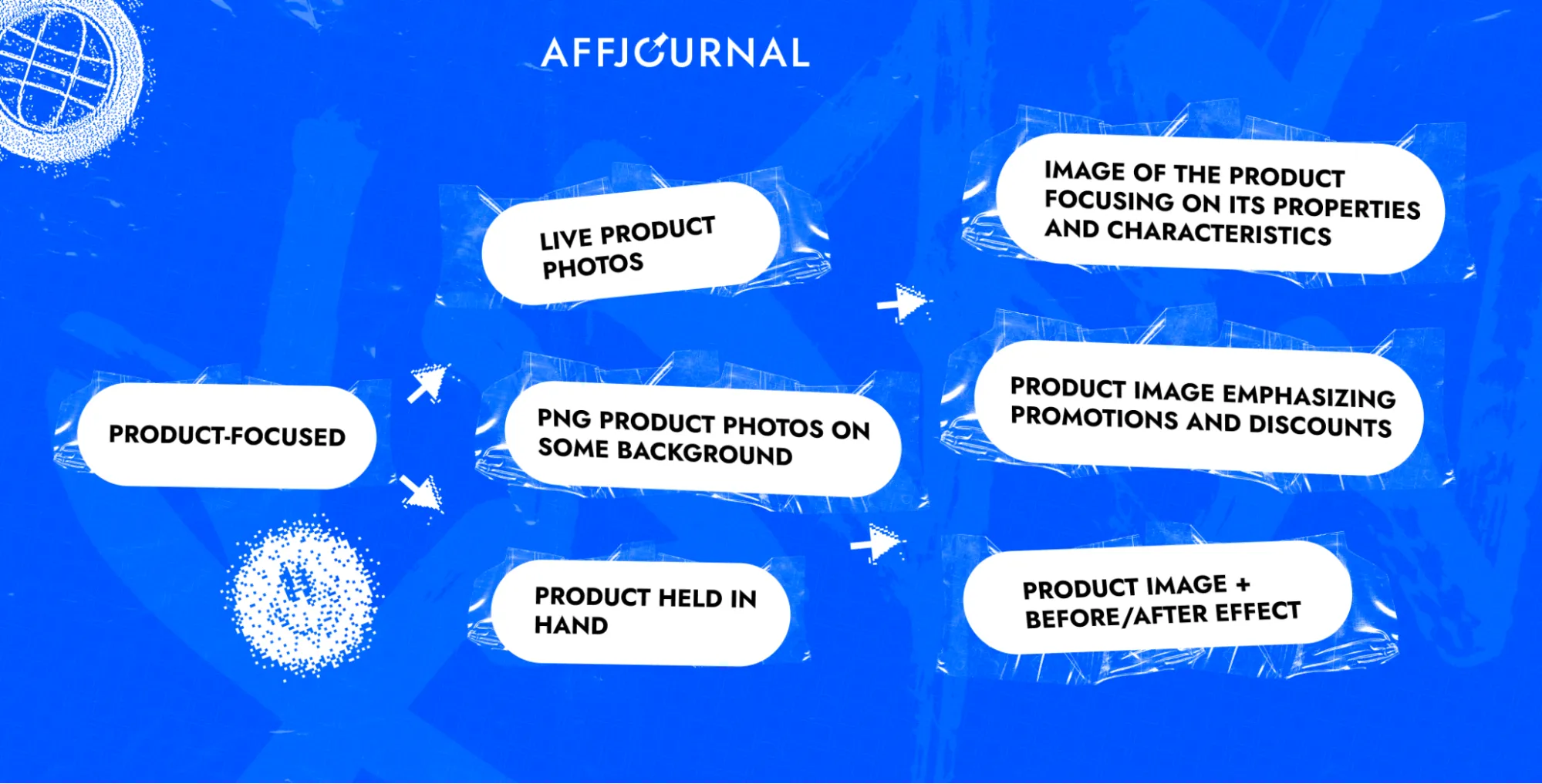
Disease symptoms
This approach involves portraying symptoms of an illness on the banner to capture the attention of a user who is suffering from that particular condition. A good example is swollen legs due to diabetes. People who have diabetes immediately recognize their problem in your ad banner and are more likely to click on your link. Another good example is body warts caused by parasites. Those who advertised this topic know that there are even pre-landers tailored to this approach.
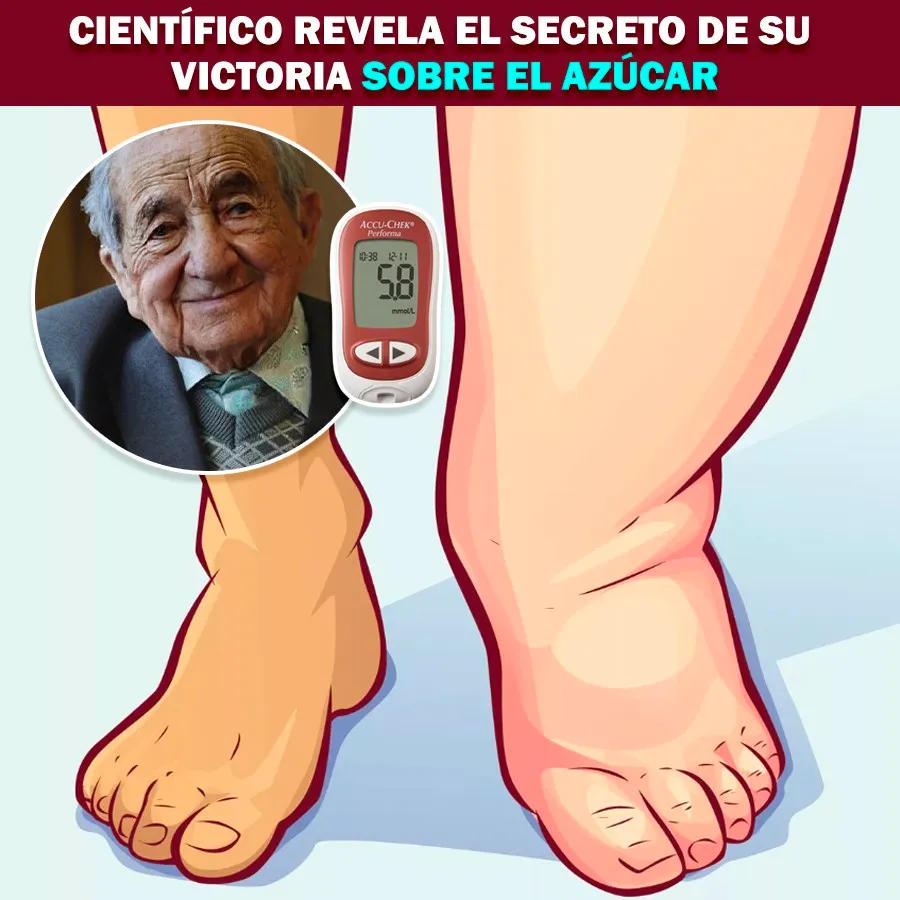
An example of a symptoms approach for diabetes.
Sub-approaches of symptoms:
- External symptoms - when a person sees external changes in their body (for example, swollen legs);
- Internal symptoms - the changes a person feels within their body (for example, pain in an organ);
- Associated ailments - conditions that accompany the primary disease (for example, weak potency with prostatitis or warts with parasites).
Disease consequences
This is an approach where we can scare the user and prompt them to make a purchase quicker to prevent what is depicted in the creative or in the pre-lander. Many people avoid visiting doctors and only seek treatment as a last resort. That's where we can step in. A classic example of such an approach is used in medical pre-landers for prostatitis, warning that an advanced case of prostatitis can lead to serious consequences: prostate cancer, infertility, impotence, and so on.

An example of a disease consequences approach for hypertension.
Here, we can distinguish the following sub-approaches:
- Consequences for the body - what will happen to your body if you don't purchase offer X (example: infertility, impotence, lameness, etc.);
- Consequences for life - what will happen to your life if you don't buy offer X (examples: women will stop loving you; you won't be able to play football anymore, etc.).
News approach
This is an approach where we deliver information to the audience in a TV news format on the creative. Many people enjoy watching TV news and trust them. If we show in the creative that our Offer “X” is being featured in the news, it adds credibility to our advertising. Often, such an approach yields high clickability (high CTR) because people recognize most TV hosts and start clicking on the ads. Another effective strategy is when we adapt the pre-lander to local news and use a news-based approach in the creative. This not only increases clickability but also boosts the conversion of the pre-lander itself.

An example of a news approach for vision.
Sub-approach options:
- Local news - news from local television channels in the GEOs where you're directing traffic (for instance, Noticias Caracol in Colombia);
- World news - international news channels (CNN, BBC, etc.);
- Fictional news - creating creatives in the style of non-existent news sources (WorldNews, BreakingNews, etc.).
Approach with pills/ointments
This approach involves using images of pills in creatives. These can be pills associated with a particular illness or bright/unusual pills that generate high clickability. Often, this approach is employed for advertising offers related to potency, using images of blue Viagra pills, which immediately evoke the right association among men. Alternatively, this approach is used for promoting offers related to joints, using images of various ointments.
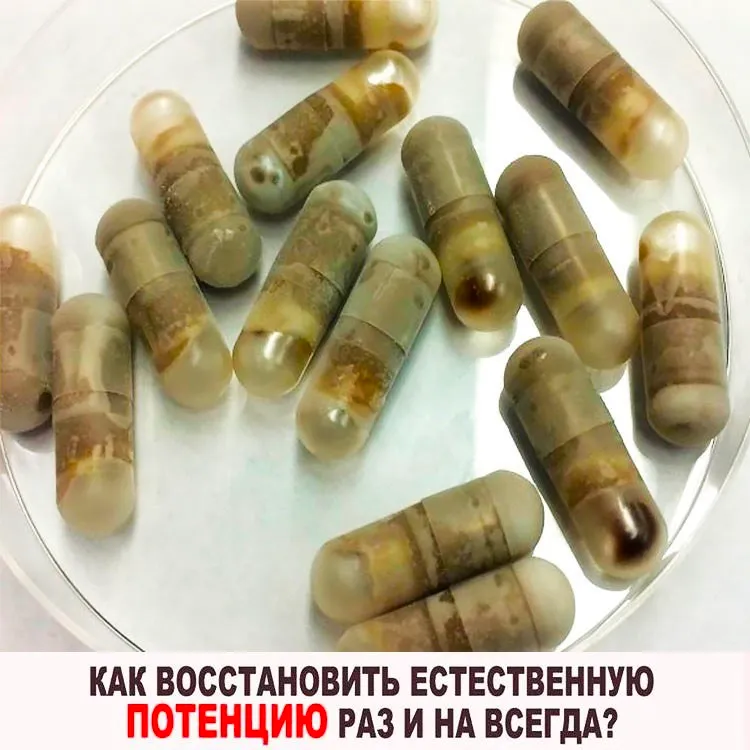
An example of a creative for potency with unusual pills.

An example of a creative for potency with blue Viagra pills.
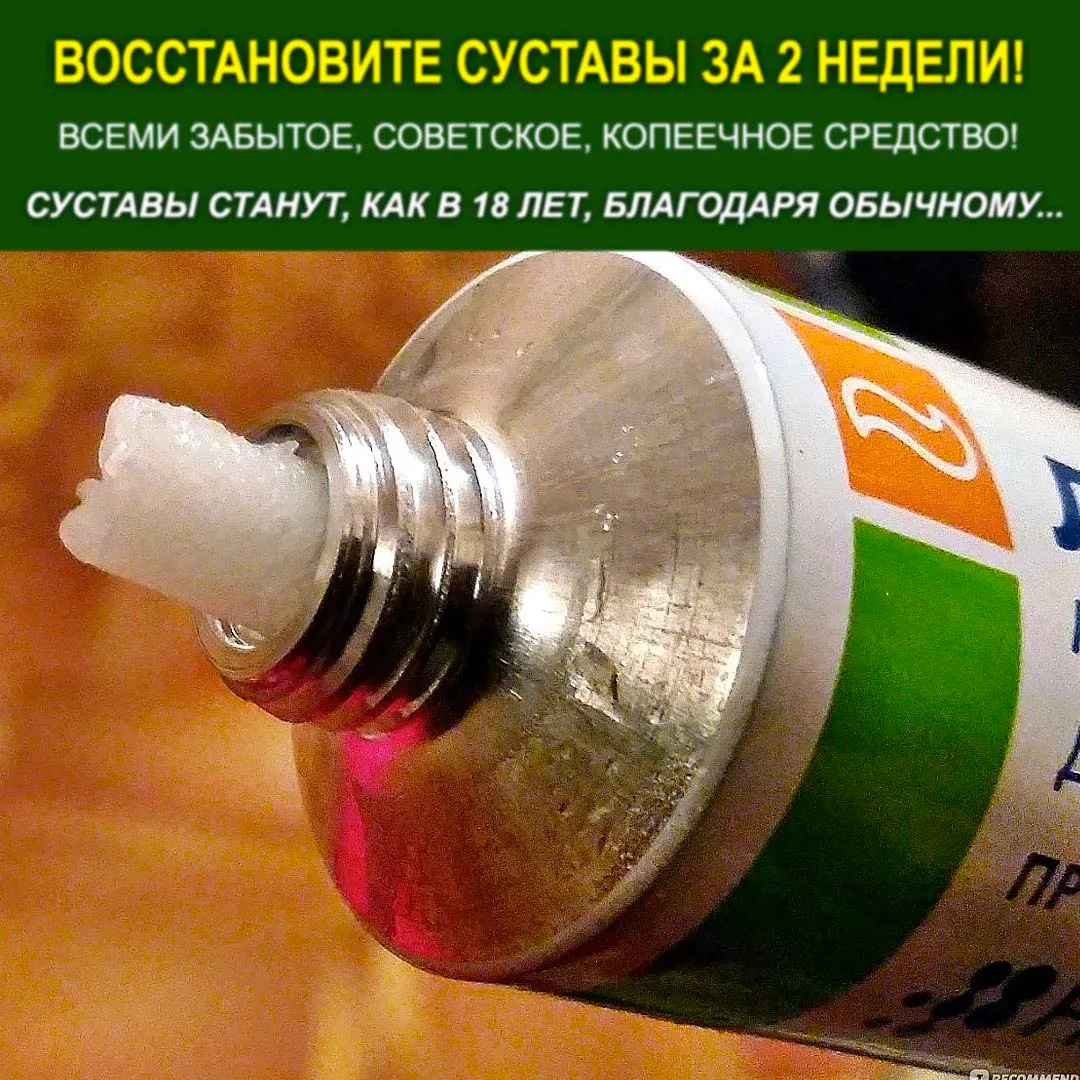
An example of a creative for joints with ointment.
In this approach, the following sub-approaches can be identified:
- Real pills/ointments for treatment - this is when creatives depict medications that genuinely treat a specific illness (e.g., Viagra pills in creatives for potency);
- Clickable pills/ointments for higher CTR - there are various bright or unusual pills/ointments to achieve a high CTR and cheaper clicks;
- Pills/ointments with fictional functions (teaser effect) - this approach is used to intrigue and grab attention (for instance, using an aspirin pack in creatives for prostatitis).
“Before/After” approach
This is an approach where we showcase before and after results of using our offer in the creative. This approach converts very well, but it's not always easy to implement on Facebook.
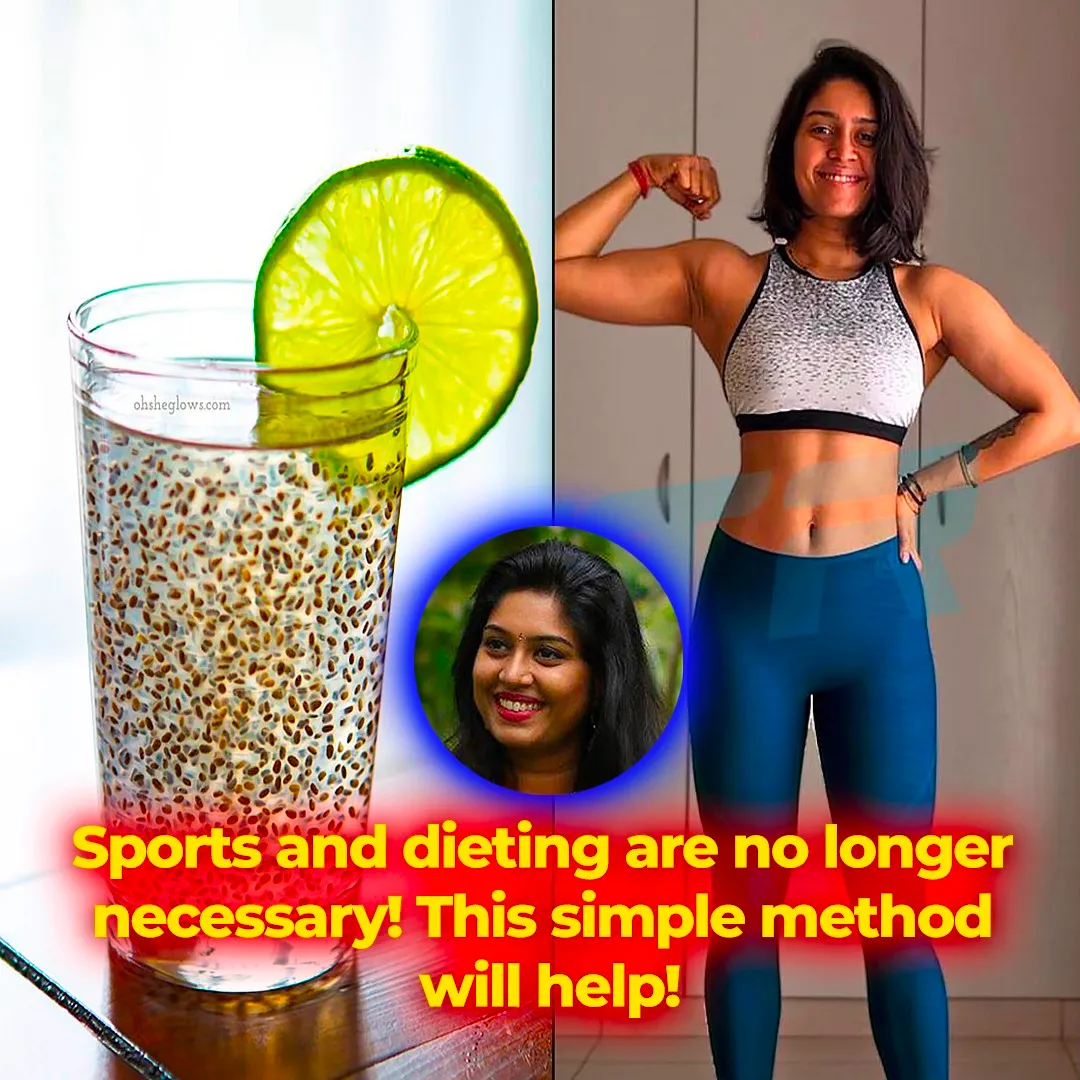
An example of a “Before/After” approach for weight loss.
Here are multiple approaches you can generate. Let's highlight the most popular ones:
- Measurement devices - show measurements before and after using our offer (on scales, a glucometer, tonometer, etc.);
- Associations - demonstrate the effect before and after through associations (e.g., a small cucumber and a large cucumber for adult);
- Organs - in the creative show changes in organs after using our Offer X (e.g., display the prostate before and after);
- Body - present the body change after using our Offer X (e.g., how arms, legs, or face slim down);
- Clothing - display changes in clothing after using Offer X (e.g., this approach worked well for weight loss: jeans that used to be of a large size became several sizes smaller);
- Everyday life - show how an individual's life changes after using Offer X (e.g., vision used to be blurry and now it's clear; or used to have problems with women, and now they're chasing you);
- Food - display how your diet changes after using Offer X (e.g., previously dieting but now eating anything without gaining weight).
Approach with measuring devices
This approach involves using images of various measuring devices: scales, tonometers, glucometers, rulers, etc., depending on the offer's theme. This approach effectively engages the target audience.

An example of a creative with a glucometer for diabetes.
For this approach, different instruments and techniques can be highlighted as sub-approaches:
- Ruler/measuring tape - for weight loss, adult, muscle growth;
- Tonometer - for hypertension;
- Glucometer - for diabetes;
- Scales - for weight loss and muscles;
- Sivtsev table and its equivalents - for vision;
- Audiometry procedure - for hearing.
Pain-focused approach
In this approach, pain refers to problems, fears, discomfort, and other unpleasant physical or psychological sensations experienced by an individual due to an unresolved issue.
For this method, images of people experiencing various types of pain are used in the creatives, depending on the offer's theme. The pain can be physical (knee pain) or emotional (suffering because you can't eat sweets due to diabetes).

An example of a creative for hypertension with an emphasis on heart pain.

An example of a creative for joints with an emphasis on physical pain.
Possible sub-approaches:
- Physical pain - refers to pain in a specific part of the body or organ (example - aching knee);
- Emotional pain - is the pain felt when you're emotionally affected and unable to perform certain actions (example - being unable to play football with your grandchildren due to joint issues).
Adaptation to pre-landing page
This is an approach where we create a cohesive link between the text, creatives, and the pre-landing page. When the message and the characters in the creative match those on the pre-landing page, the combination looks logically solid. This approach often leads to a good conversion, especially if the creative design is done in the style of the pre-landing page. Below is an example of adapted creative to the pre-landing page:
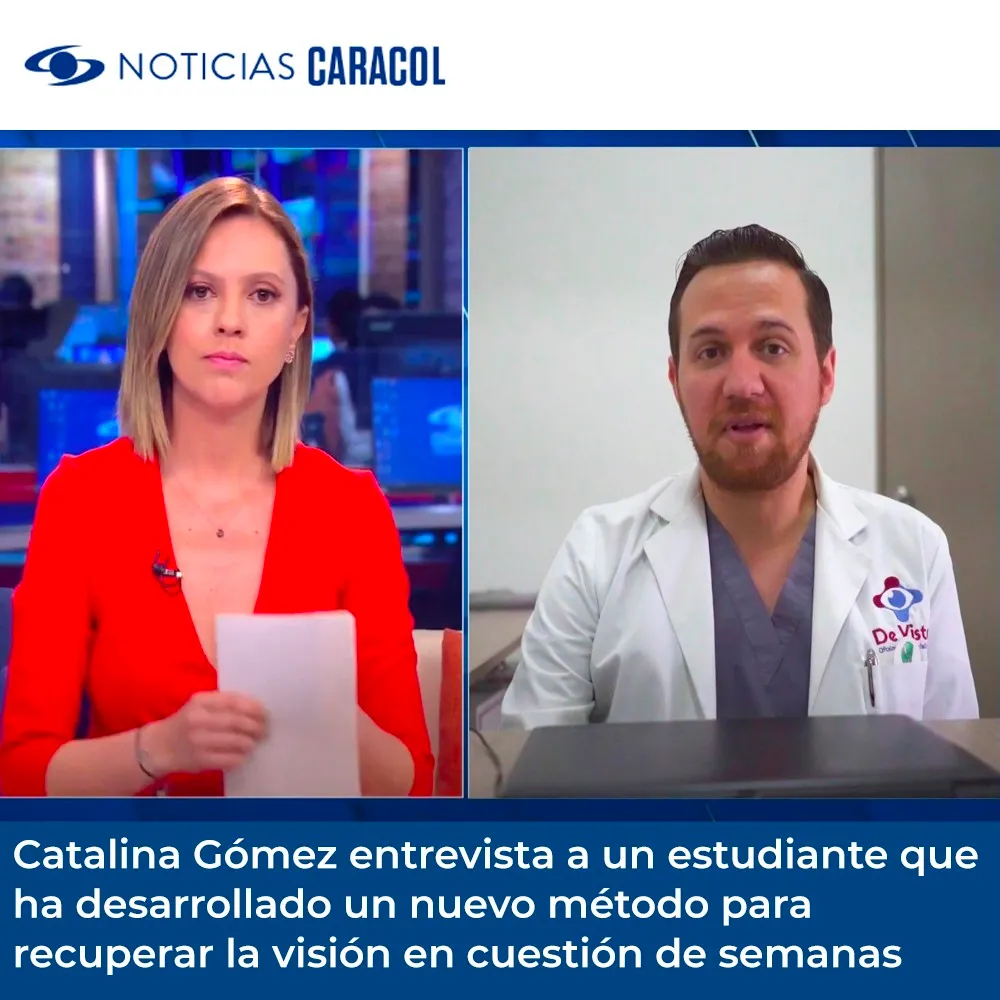
A creative adapted to the pre-landing page.
Here we can distinguish the following sub-approaches:
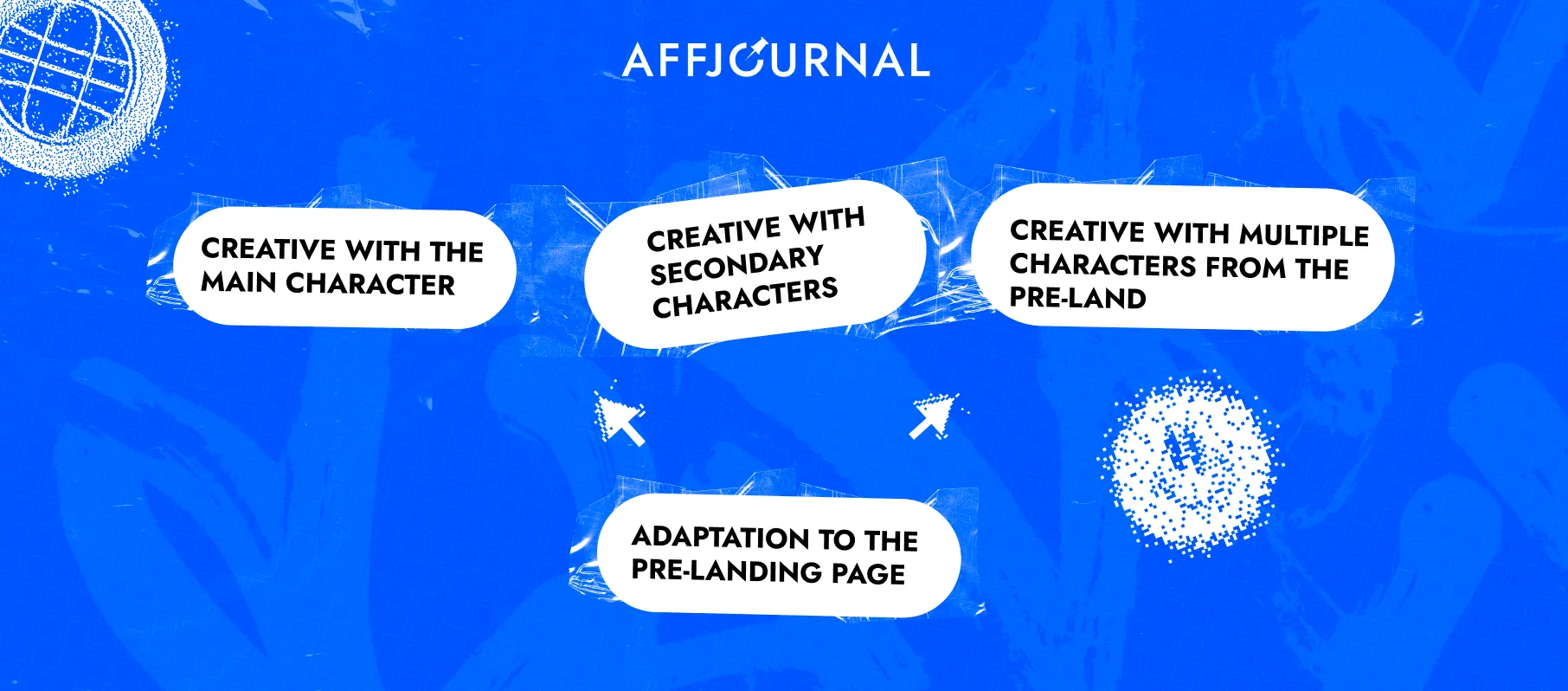
Offer application results / recovery
This approach showcases to the user what will happen after using our Offer X, essentially displaying their dream. It could be a fit body, smooth skin, strong joints, and so on.
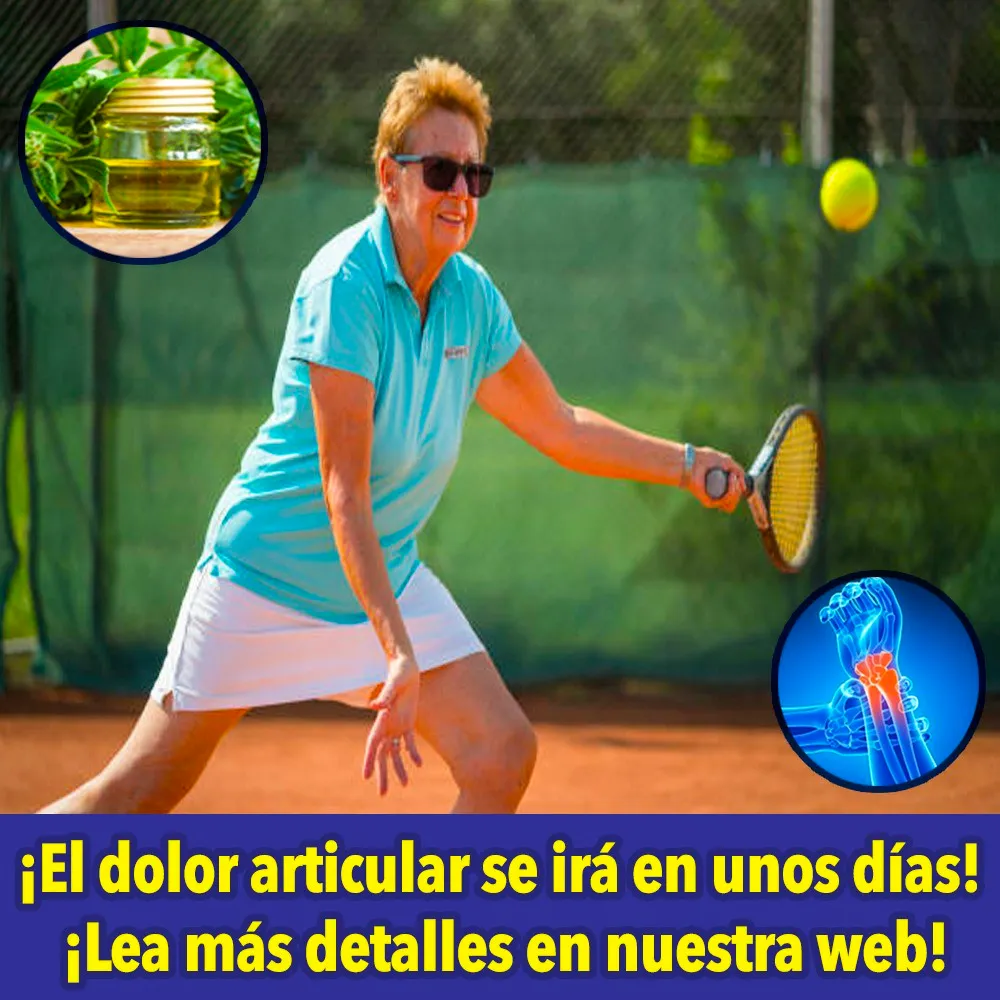
An example of a creative for joints demonstrating the results of using the offer.
We break down this approach into sub-approaches just like “Before/After”, but in this case, there won't be a “Before” in the creative, we only show the result of using the product, i.e. “After” (e.g., a slim or muscular body for weight loss/muscle offers, consuming sweets for diabetes, etc.).

Association approach
This approach is most popular in topics like adult, potency, where the genital organ is associated with various vegetables and other different objects.
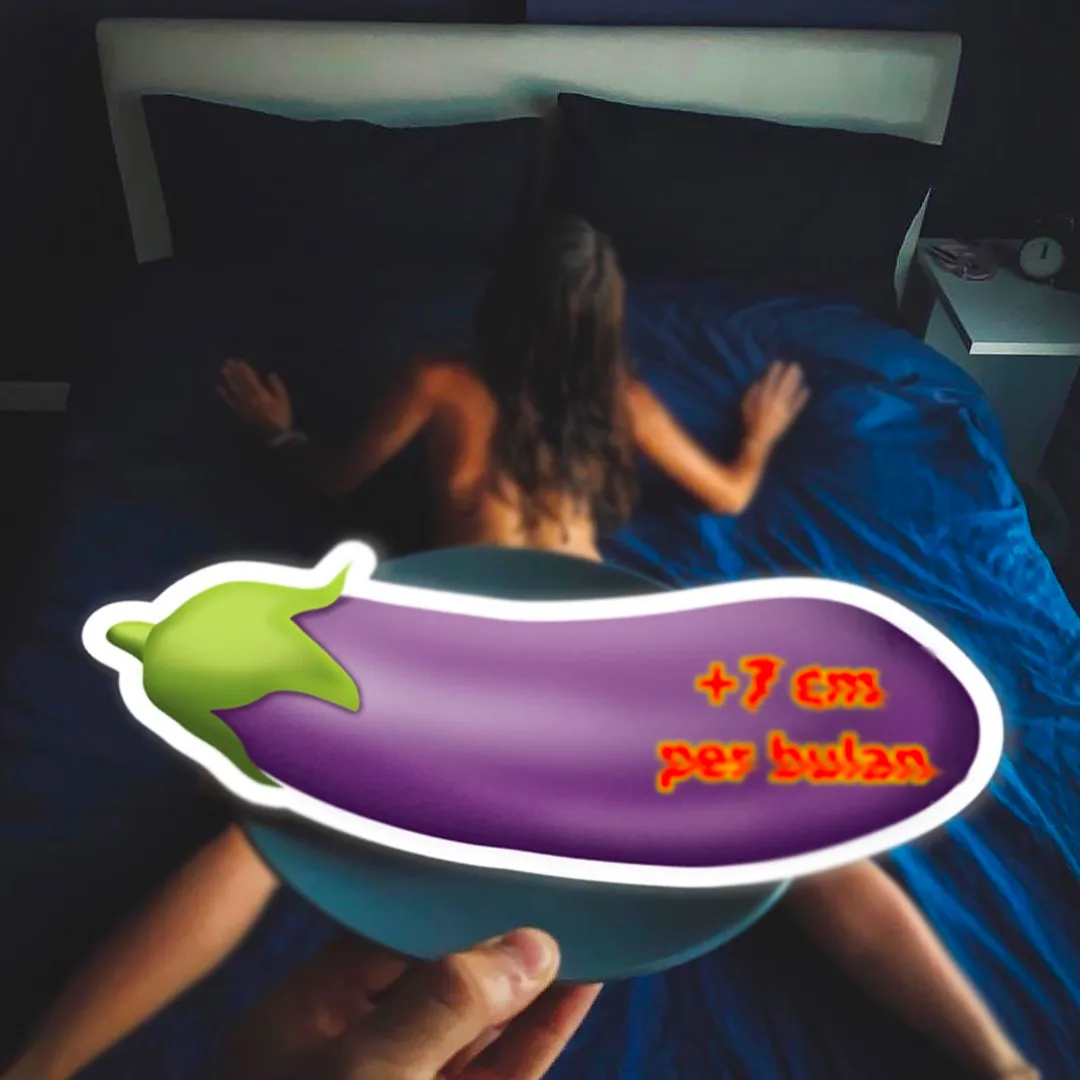
An example of an association approach for adult.
Here, you can identify numerous sub-approaches, limited only by your imagination. I've highlighted a few, but the possibilities are endless:

Drawn graphics approach
During the moderation of advertising materials, Facebook is much more lenient towards illustrated creatives compared to those with real people. Source materials for this approach can easily be found on this website: https://www.wikihow.com/Main-Page.
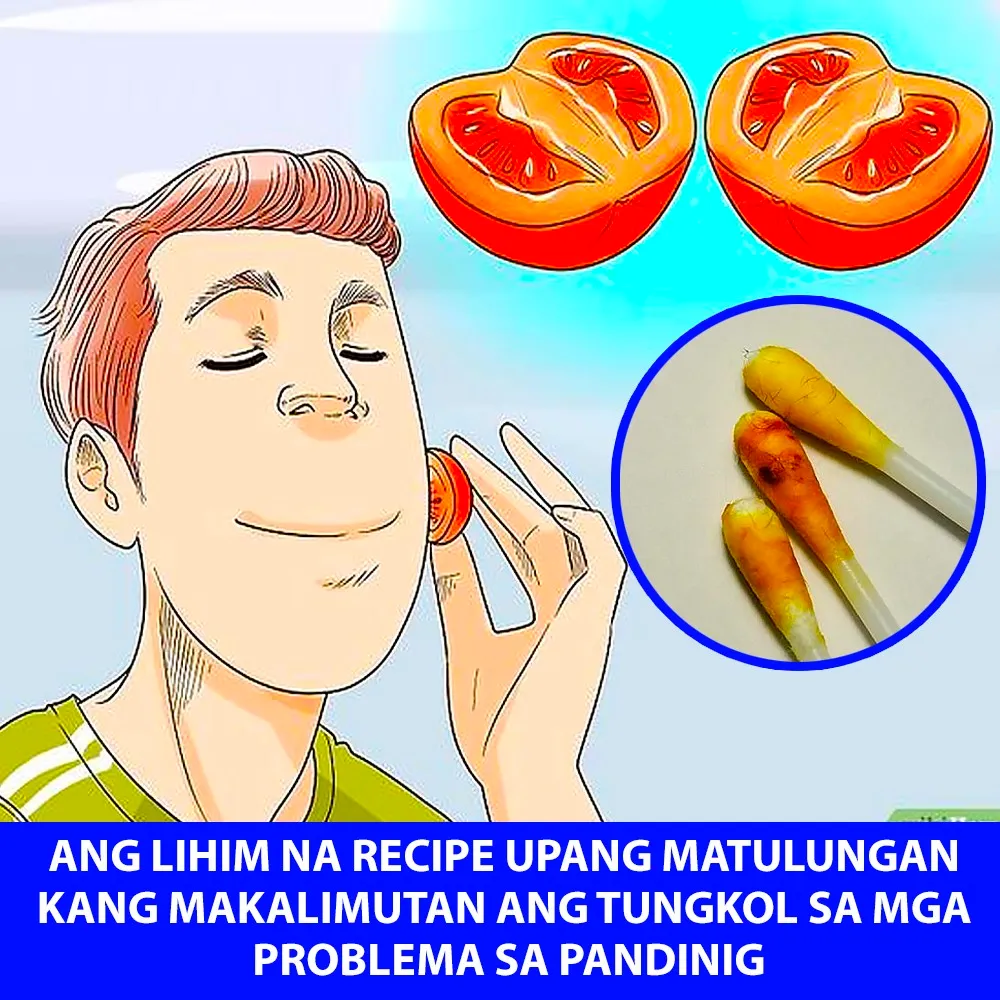
An example of a creative with drawn graphics for hearing.
In this approach, we can draw/depict practically anything:
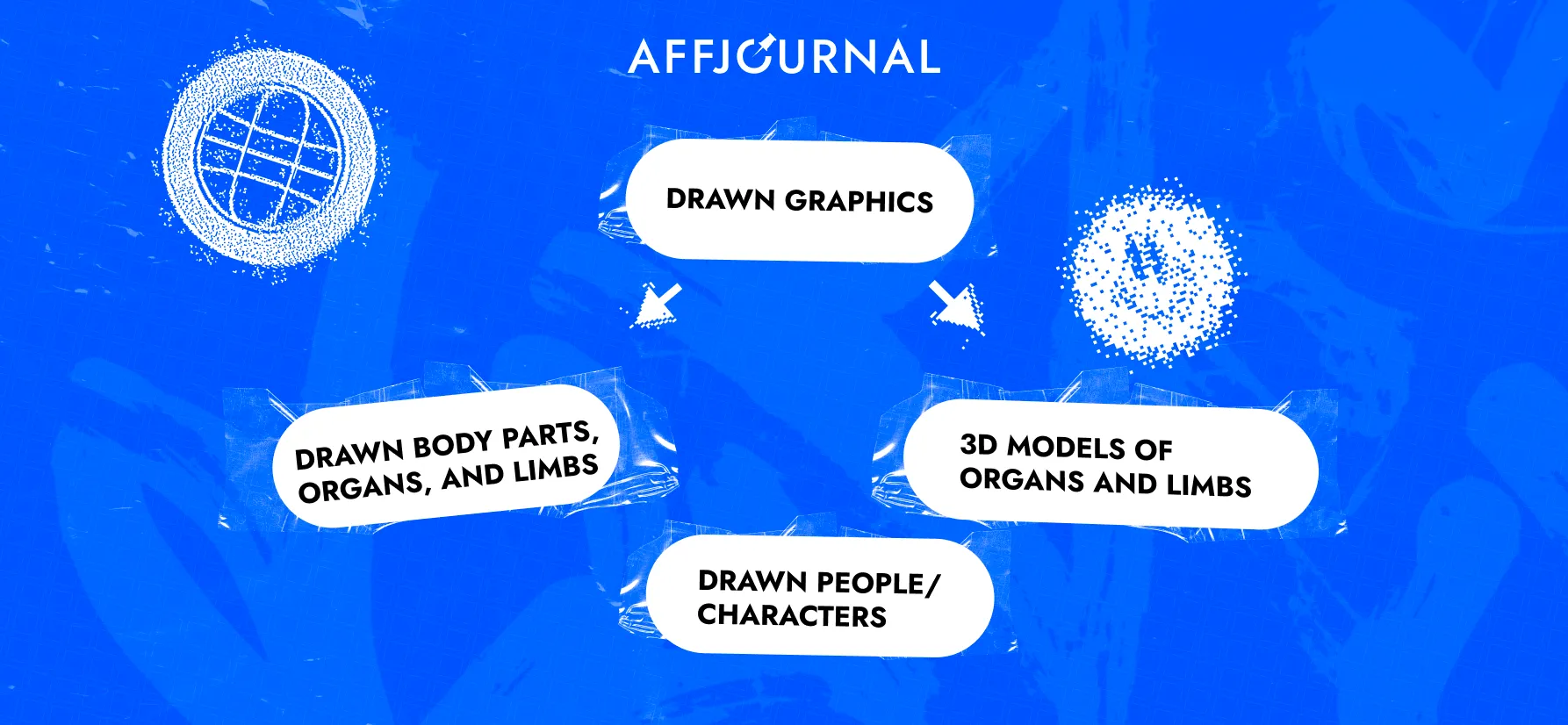
Images of organs/vessels/joints, etc.
This approach is often used to advertise topics such as hypertension, diabetes, joint issues, and prostatitis.

An example of a creative with an image of an organ for hypertension.
This approach can be combined with the one above (“Drawn graphics”). When it comes to sub-approaches, the following can also be highlighted:

Customer reviews approach
In this approach, we display satisfied customers who have already used our Offer X and resolved their issue. This approach has a positive impact on conversion rates and approval because it leverages the social proof factor.

An example of a creative with a review for prostatitis.
This approach can be broken down into several sub-approaches based on the type of review:

Celebrities approach
This approach works particularly well when using the local celebrity that your audience is familiar with in the creative. Celebrities can significantly boost clickability and potentially enhance conversions because people often trust well-known personalities.
However, when using this approach, be prepared for the possibility that the affiliate network or the advertiser might demand a traffic stoppage wherever the public figure appears, as user complaints or even complaints from the celebrity could frequently arise.
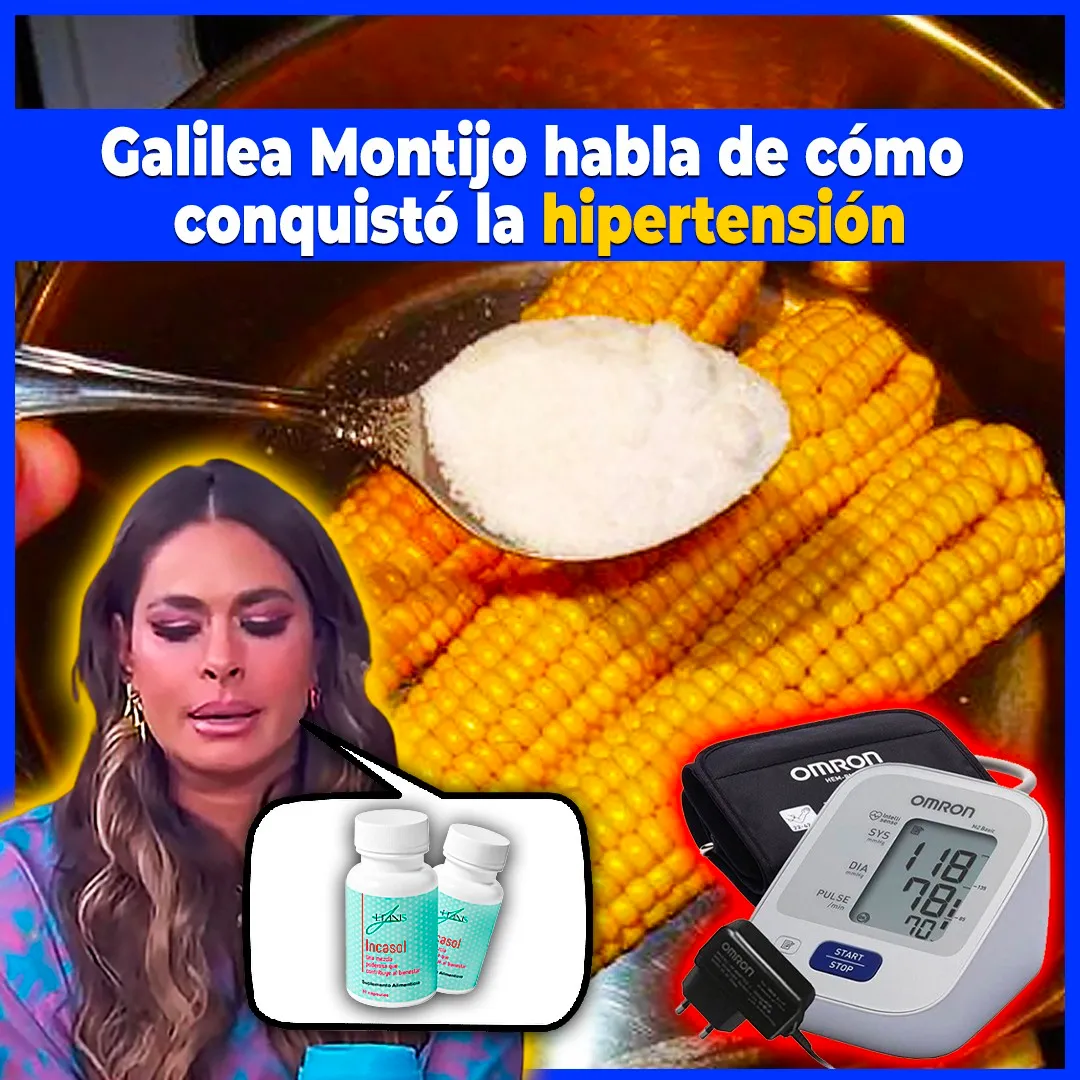
An example of a creative for hypertension with a celebrity.
This approach can be divided into sub-approaches based on the type of celebrity:
- Local celebrity - a popular figure known within the GEO where you're directing your traffic (e.g., Adamari López in LatAm).
- Doctor celebrity - a renowned physician within the targeted GEO; having such a personality can be extremely beneficial (e.g., Doc Willie Ong in the Philippines).
- Global celebrity - a universally recognized figure (e.g., Rebel Wilson).
- TV host or celebrity journalist - not necessarily the main figure in the pre-lander, these celebrities might serve as correspondents or interviewers (e.g., Raffy Tulfo).
Approach involving life inconveniences and limitations
This approach focuses on highlighting inconveniences that can be eliminated by using our Offer X. Examples of such inconveniences could be constant dieting, strenuous exercise, the need for glasses, hearing aids, and so on.

An example of an approach with limitations.
If we break down this approach into sub-approaches, we might have something like this:

In conclusion
These are by no means all the approaches available for advertising. Please note that we've only discussed static images. We haven't even delved into video and GIFs. Based on this multitude of approaches, it's evident that you can keep exploiting the same combination for a long time just by trying out different approaches

by Editor
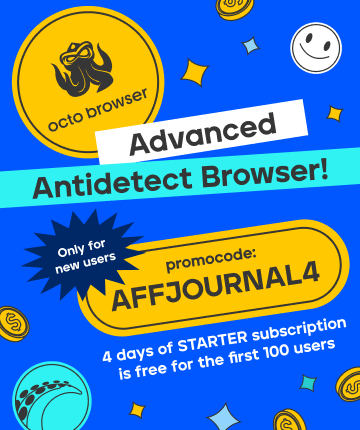

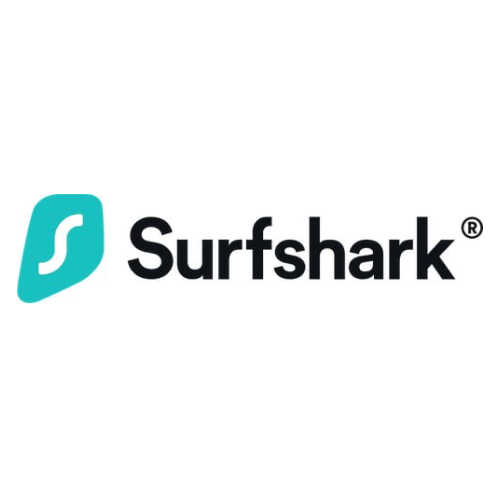
comments ....(0)
Leave a comment
You must be in to leave a comment